Category: evolution – Page 154
C. elegans roundworm (credit: The Goldstein Lab)
When researchers at The Scripps Research Institute (TSRI) in California administered an antidepressant called mianserin to the Caenorhabditis elegans roundworm in 2007, they discovered the drug increased the lifespan of the “young adulthood” of roundworms by 30–40 per cent.
So, does that mean it will work in humans? Not necessarily. “There are millions of years of evolution between worms and humans,” says TSRI researcher Michael Petrascheck. “We may have done this in worms, but we don’t want people to get the impression they can take the drug we used in our study to extend their own teens or early twenties.”
While the global academic discussion focuses on the coverage of existential risks associated with the rise of a Skynet equivalent artificial intelligence; it is worth mentioning that there are divergent advances in biotech whichare as alarming and urgent as the rise of an all omnipotent and omnipresent AI. Those issues should be directed and scanned under a microscope because they are at our doorstep. We should note that the application of “wind tunnelling” towards new technologies is necessary to prepare for the future, and subsequently, we should mitigate the risks and anticipate the greatest threats associated with technology XYZ as well as the biggest opportunities.
If we recall the year 2011, virologist Ron Fouchier presented his enhanced version of the H5N1 which could create a pandemic of massive impact wiping out half the world population if not more. Fouchier was experimenting with the avian flu virus searching for virulence enhancing evolution paths. What he did is spread the virus throughout a population of ferrets, and it reproduced with an increase in its ability to adapt at each transformation; in ten generations, the airborne version gained so much in virility that it had the potential power to kill half of the human population.
A year after that, in 2012, CRISPR/Cas9 genome engineering/editing tool was first shown to work in human cell culture. It allows scientists to edit genomes which binds and splices DNA at specific locations. The complex can be programmed to target a problematic gene, which is then replaced or repaired by another molecule introduced at the same time. A highly precise method. In the past years there has been much researchwere many researches conducted, e.g. the first monkeys with targeted mutations were born, and even editing methods for preventing HIV-1 infection in humans. What this means is the introduction of a complex randomness factor. If in the past a handful of people had access to genomic iterations and experimentation; now this fact is about to be change, releasing the proverbial genie from the bottle, with little ability to control it.
In spite of the popular perception of the state of artificial intelligence, technology has yet to create a robot with the same instincts and adaptability as a human. While humans are born with some natural instincts that have evolved over millions of years, Neuroscientist and Artificial Intelligence Expert Dr. Danko Nikolic believes these same tendencies can be instilled in a robot.
“Our biological children are born with a set of knowledge. They know where to learn, they know where to pay attention. Robots simply can not do that,” Nikolic said. “The problem is you can not program it. There’s a trick we can use called AI Kindergarten. Then we can basically interact with this robot kind of like we do with children in kindergarten, but then make robots learn one level lower, at the level of something called machine genome.”
Programming that machine genome would require all of the innate human knowledge that’s evolved over thousands of years, Nikolic said. Lacking that ability, he said researchers are starting from scratch. While this form of artificial intelligence is still in its embryonic state, it does have some evolutionary advantages that humans didn’t have.
“By using AI Kindergarten, we don’t have to repeat the evolution exactly the way evolution has done it,” Nikolic said. “This experiment has been done already and the knowledge is already stored in our genes, so we can accelerate tremendously. We can skip millions of failed experiments where evolution has failed already.”
Rather than jumping into logic or facial recognition, researchers must still begin with simple things, like basic reflexes and build on top of that, Nikolic said. From there, we can only hope to come close to the intelligence of an insect or small bird.
“I think we can develop robots that would be very much biological, like robots, and they would behave as some kind of lower level intelligence animal, like a cockroach or lesser intelligent birds,” he said. “(The robots) would behave the way (animals) do and they would solve problems the way they do. It would have the flexibility and adaptability that they have and that’s much, much more than what we have today.”
As that machine genome continues to evolve, Nikolic compared the potential manipulation of that genome to the selective breeding that ultimately evolved ferocious wolves into friendly dogs. The results of robotic evolution will be equally benign, and he believes, any attempts to develop so-called “killer robots” won’t happen overnight. Just as it takes roughly 20 years for a child to fully develop into an adult, Nikolic sees an equally long process for artificial intelligence to evolve.
Nikolic cited similar attempts in the past where the manipulation of the genome of biological systems produced a very benign result. Further, he doesn’t foresee researchers creating something dangerous, and given his theory that AI could develops from a core genome, then it would be next to impossible to change the genome of a machine or of a biological system by just changing a few parts.
Going forward, Nikolic still sees a need for caution. Building some form of malevolent artificial intelligence is possible, he said, but the degree of difficulty still makes it unlikely.
“We can not change the genome of machine or human simply by changing a few parts and then having the thing work as we want. Making it mean is much more difficult than developing a nuclear weapon,” Nikolic said. “I think we have things to watch out for, and there should be regulation, but I don’t think this is a place for some major fear… there is no big risk. What we will end up with, I believe, will be a very friendly AI that will care for humans and serve humans and that’s all we will ever use.”
Robot Evolution
Posted in ethics, evolution, robotics/AI
Advances in robotics and say that in less than fifty years “organic” (man) and the “mecca” (robots) supposedly coexist harmoniously in a civilization that if I imagine there will be little to change his ethics. MAKI360.
When a star wanders too close to a black hole, immense gravitational forces begin to rip it apart in an epic cosmic slaying called a “tidal disruption event.” Some of the star’s mass is flung outward into space, while the rest is drawn in, triggering a powerful flare that showers the sky with x-rays.
Using NASA’s Chandra X-ray Observatory and other telescopes, a team of astronomers has now pieced together one such astronomical feasting frenzy. The event in question, appropriately named “ASASSN-14li,” was spotted near the center of PGC 043234, a galaxy that lies 290 million light years from Earth.
It’s the closest tidal disruption event we’ve discovered in a decade, and astronomers are hopeful that it’ll help us develop theories on the structure and evolution of such cosmic happenings. Findings to date, including hints of wind attempting to flee the black hole’s gravity, are detailed today in the journal Nature.
Science usually approaches aging from a mechanical viewpoint, but could there be more to the story?
Why do so many scientists now believe that aging has been programmed by evolution?
Science usually approaches aging from a mechanical viewpoint, but the evolutionary theory of aging has gained more support as we observe the wide variation in aging between species.
The million dollar question: Why do we age?
Theories like the free radical theory of aging propose that aging is an inevitable process of being alive; that every day on this earth exposes the body to reactive chemicals, and aging is simply the gradual accumulation of damage. While we know the body does indeed accumulate forms of damage, the suggestion that this is inevitable is now being challenged.
The dimensionless aspect, since it has no dimensions, is outside of space and time. This is the key aspect to existence: an aspect outside of space and time perpetually interacting dialectically with an aspect inside space and time. All of the weird and wonderful phenomena of the universe are the products of this ultimate dichotomy.
Does this sound crazy? Then consider the evidence provided by black holes.
The R = 0 Universe.
Black holes are objects where gravity is so strong that light itself cannot escape the gravitational pull. They are the most mysterious objects in the universe and hold the key to the nature of reality. They open the door to understanding the fundamental composition of the universe.
Their hypothetical existence was first predicted in Einstein’s famous theory of General Relativity, but Einstein himself believed it was impossible for them to become real objects in the universe. The reason for that is that they exhibit a feature that physics cannot cope with or comprehend.
DLD (Digital-Life-Design) is a global network on innovation, digitization, science and culture which connects business, creative and social leaders, opinion-formers and influencers for crossover conversation and inspiration.
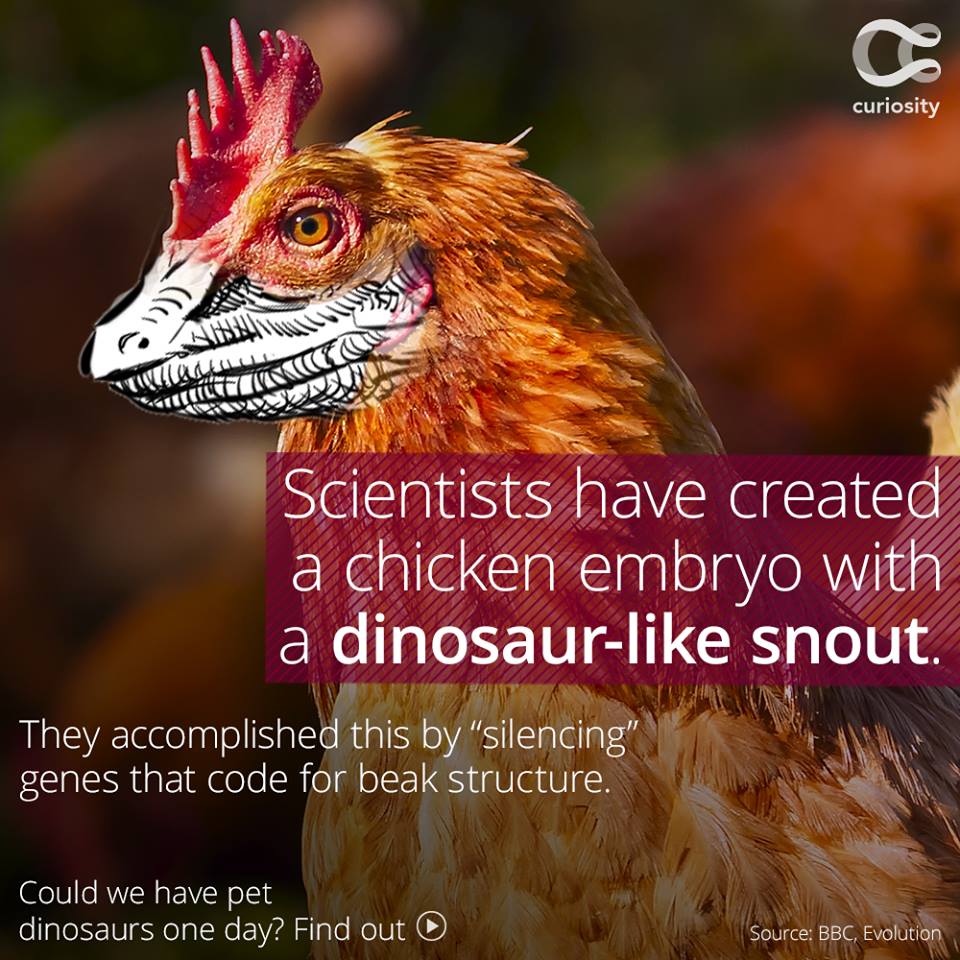
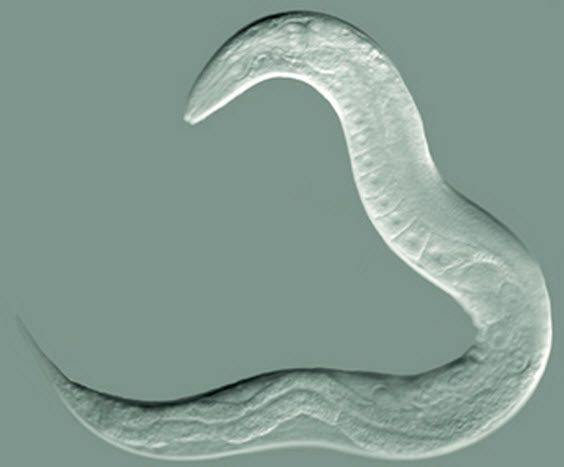
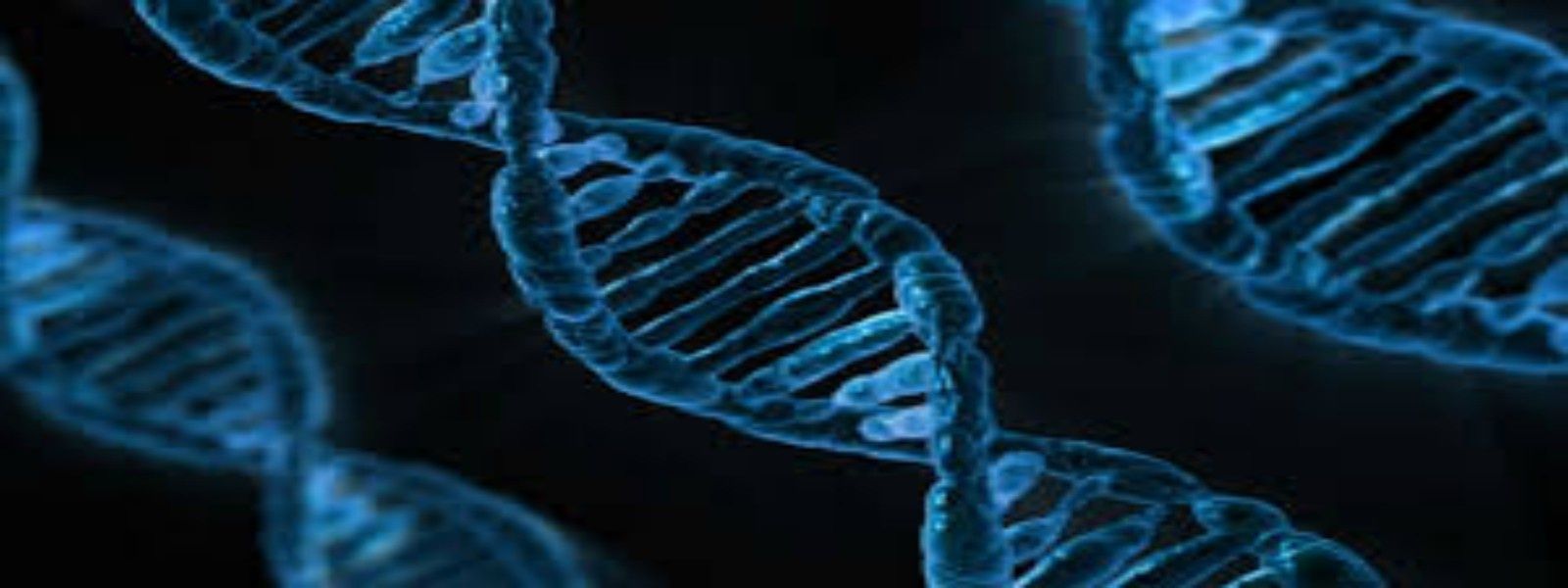
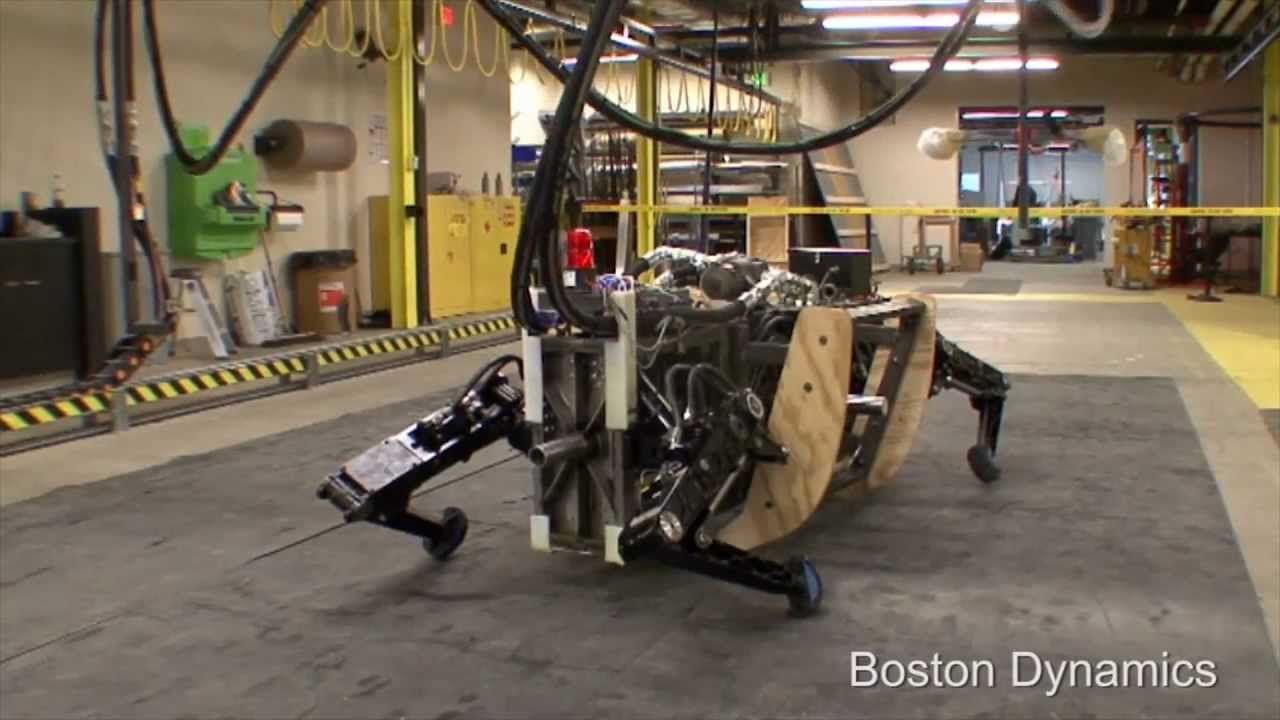
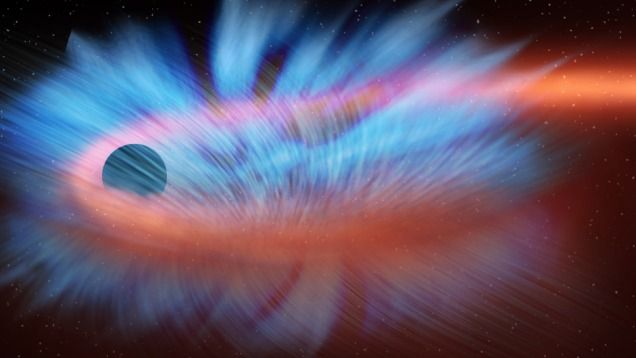
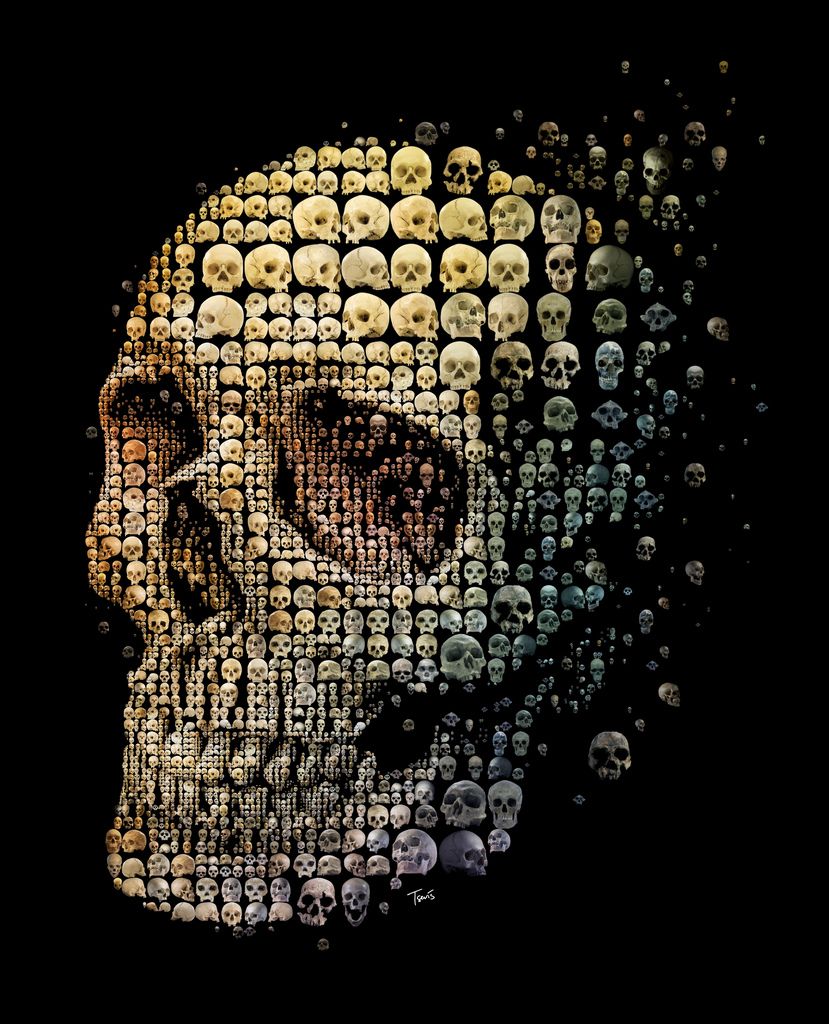

 The dimensionless aspect, since it has no dimensions, is outside of space and time. This is the key aspect to existence: an aspect outside of space and time perpetually interacting dialectically with an aspect inside space and time. All of the weird and wonderful phenomena of the universe are the products of this ultimate dichotomy.
The dimensionless aspect, since it has no dimensions, is outside of space and time. This is the key aspect to existence: an aspect outside of space and time perpetually interacting dialectically with an aspect inside space and time. All of the weird and wonderful phenomena of the universe are the products of this ultimate dichotomy.